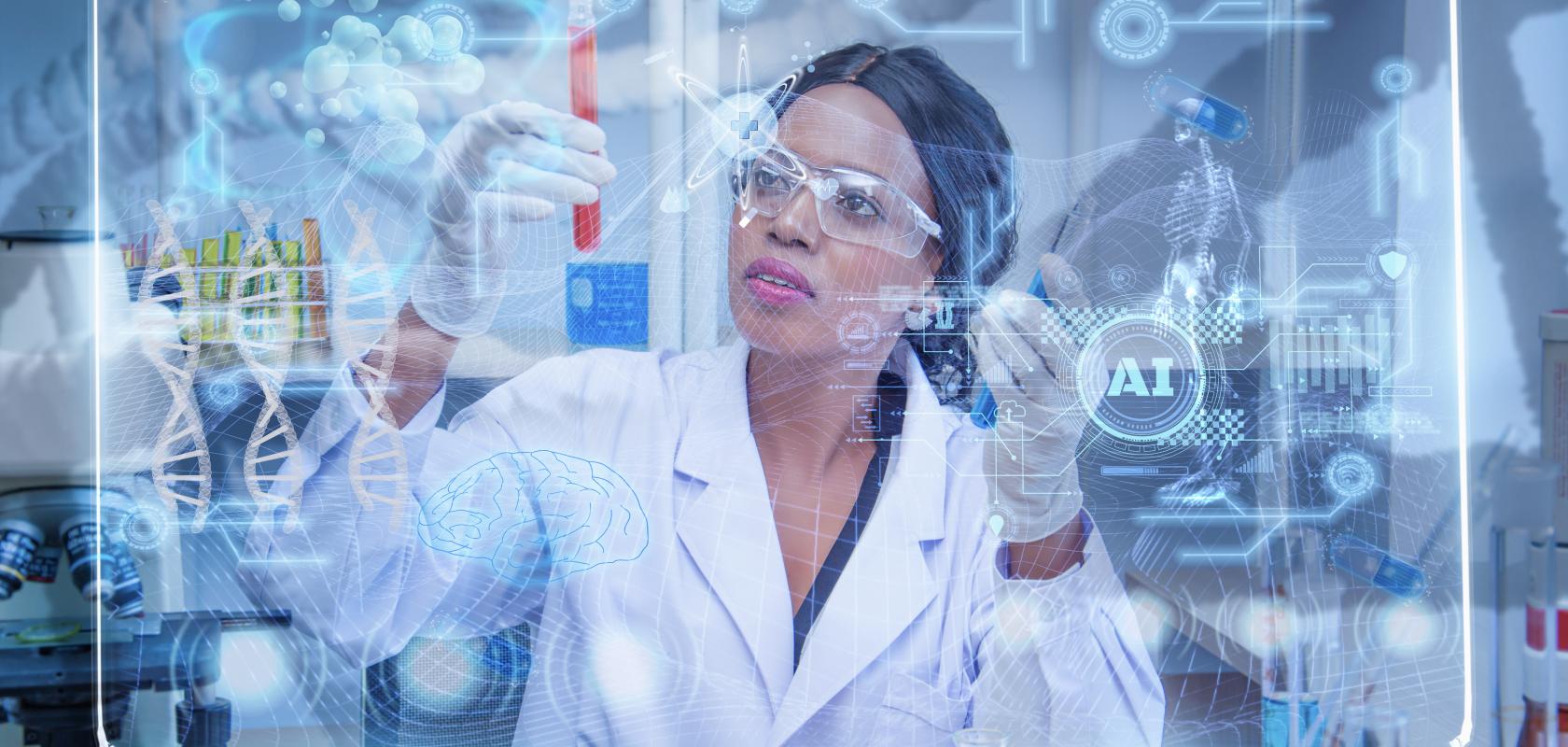Richard Lee, Director, Core Technology and Capabilities, ACD/Labs, looks at why balancing digital data for machine learning and human use is crucial in transforming life sciences research and empowering scientists, and how this can be achieved.
The rapid digitalisation of analytical data in the life sciences industry marks a significant shift in how scientists interact with it. Gone are the days of wielding pencils and rulers for interpreting spectra! This transformation is being further driven by interest in machine learning (ML) and artificial intelligence (AI), which promise to revolutionise data analysis, interpretation, and decision-making processes. However, it is crucial to remember that the primary users of analytical data are scientists. Thus, the digitalisation process must balance the needs of machine consumption with the requirements of human scientists.
Digitalisation and machine learning
Digitalisation involves more than converting information into a digital format. It requires data to be made accessible, shareable, and consumable by systems. digitalisation requires the data to be assembled and contextualised with data describing experiments.
In the life sciences, this encompasses the vast array of data generated by instruments such as Liquid Chromatography Mass Spectrometry (LC/MS), Nuclear Magnetic Resonance (NMR), and optical related data.
Machine learning, a subset of AI, involves using algorithms that learn from and make predictions based on data. In the life sciences, ML applications are proliferating across various domains, from drug discovery and development to genomics and proteomics. For example, ML models can predict molecular properties, identify potential drug candidates, and analyse complex biological networks, thereby accelerating research and development processes.
Challenges and considerations for analytical data digitalisation
Despite the potential benefits, the digitalisation of analytical data, and its subsequent use in ML applications, come with several challenges:
- Data quality and standardisation: The accuracy of ML models depends on the quality of the input data. Ensuring data integrity, consistency, and standardisation is crucial.
- Interoperability: The life sciences industry relies on numerous analytical instruments and software platforms. Ensuring interoperability between these systems is essential for seamless data integration and analysis.
- User-friendly interfaces: While ML models can consume complex data engineered in a specific format, scientists have different data consumption needs. Scientists can make best use of data made available in user-friendly interfaces that allow users of all levels of expertise to interact with the data, interpret the results, and make informed decisions.
Scientists as the first “point of contact” for data
Despite the rise of data science, lab scientists remain the primary users of analytical data, and the first point of contact. Their expertise and project knowledge are indispensable in ensuring the relevance and significance of the data being analysed. The digitalisation process, therefore, should empower these professionals.
- Context matters: Scientific data often needs to be interpreted in the context of existing knowledge and experimental design. ML algorithms, while powerful, cannot replace the human ability to think critically and make informed judgements.
- Manual interrogation: Scientists need tools to visualise and explore their data intuitively. This allows them to identify unexpected relationships and ask new questions that may not be readily apparent to ML algorithms.
- Collaboration: The successful implementation of digitalisation and ML requires collaboration between data scientists and domain experts. By working together, these stakeholders can ensure that the digital tools and models developed are both technically robust and practically relevant.
Vendor partners with subject matter expertise
ACD/Labs stands at the forefront of the digitalisation movement, offering comprehensive solutions that integrate and streamline the analysis and assembly of analytical and chemical data. Through its innovative technologies on the Spectrus Platform, ACD/Labs addresses the challenges and opportunities presented by the digitalisation and ML revolution, with consideration for scientists as the primary users of generated data.
Applications on the Spectrus Platform allow scientists to capture, process, and interpret data from multiple analytical techniques, including NMR, LC/MS, and optical by consuming and normalising data across heterogenous file types. Spectrus enhances data visualisation and interpretation through rich graphical interfaces and advanced data interpretation algorithms. This platform supports long-term data management and reuse, ensuring that valuable insights are preserved and accessible for future research. This seamless data accessibility and interoperability support comprehensive data collection, storage, and sharing, ensuring that ML models receive high-quality, standardised input.
Considerate and complete analytical data digitalisation
The digitalisation of analytical data in the life sciences, coupled with the power of machine learning, represents a transformative development for R&D. ACD/Labs is at the leading edge of this transformation, offering innovative solutions that integrate data management and analysis while simultaneously laying a robust foundation of standardised, contextual data for machine learning. However, it is imperative that this transformation keeps the end-user scientist at its core. By focusing on data quality, interoperability, and user-friendly interfaces, the life sciences industry can harness the full potential of digitalisation and ML, driving innovation and improving outcomes while using human expertise more effectively.


